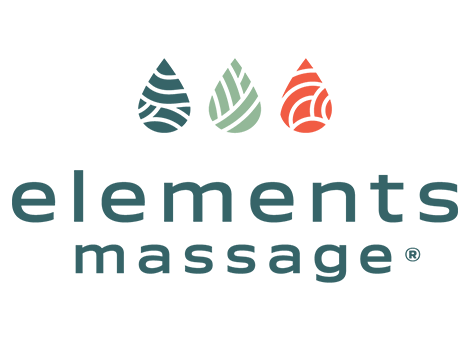Range of Motion (ROM) refers to the extent of movement around a specific joint or body part. It is crucial for all types of physical activities, from daily tasks to athletic performance. Limited ROM can result from various factors, including injuries, chronic conditions like arthritis, or prolonged inactivity. Massage therapy has been widely recognized for its effectiveness in improving ROM by addressing the soft tissue components that contribute to mobility restrictions.
How Massage Therapy Enhances Range of Motion
-
Myofascial Release: One of the primary techniques used in massage therapy to improve ROM is myofascial release. This technique focuses on releasing restrictions within the fascia, the connective tissue enveloping muscles, allowing for increased mobility and flexibility. Myofascial release can reduce stiffness and increase movement efficiency (Barnes, 1997).
-
Reduction of Muscle Tension: Massage therapy helps relax tight muscles by increasing blood flow and warmth in the treated area, which can decrease muscle spasm and tension. Reduced muscle tension contributes to an increased ROM as the muscles are less constricted and can stretch more effectively (Field, 2014).
-
Decrease in Scar Tissue: Following injury or surgery, scar tissue can form, limiting movement and decreasing flexibility. Massage therapy can help break down this scar tissue, restoring flexibility and improving ROM in the affected joints and surrounding areas (Crane et al., 2012).
-
Improvement in Circulation: Enhanced circulation, a well-known benefit of massage therapy, can also contribute to an increased ROM. Improved blood flow ensures that tissues receive the necessary nutrients and oxygen for repair and maintenance, contributing to healthier, more pliable muscles and connective tissues (Field, 2010).
-
Stimulation of the Lymphatic System: By stimulating the lymphatic system, massage therapy can help reduce swelling and inflammation in joints and soft tissues, which often contribute to restricted movement. Reduced swelling can lead to an improvement in ROM (Field, 2016).
Scientific Evidence on Massage and Range of Motion
Several studies have demonstrated the effectiveness of massage therapy in improving ROM. A study by Weerapong et al. (2005) showed that participants who received massage therapy experienced significant improvements in flexibility and ROM. The study suggests that massage therapy is beneficial in increasing joint mobility and reducing muscle stiffness.
Moreover, research by Moraska et al. (2008) found that athletes who underwent massage therapy reported enhanced performance, attributed in part to improved ROM. The findings indicate that massage can be a valuable component of an athlete's training and recovery regimen to maintain and improve flexibility and motion.
Conclusion
Massage therapy offers a holistic approach to increasing ROM, addressing the physical restrictions within muscles and fascia, as well as reducing inflammation and promoting tissue health through enhanced circulation. By incorporating massage therapy into a regular wellness or rehabilitation program, individuals can experience significant improvements in flexibility, mobility, and overall function. Further research will continue to elucidate the mechanisms through which massage therapy facilitates these improvements, reinforcing its role in physical therapy, sports medicine, and general well-being.
References
- Barnes, J. F. (1997). Myofascial release: A comprehensive evaluative and treatment approach. Rehabilitation Services, Inc.
- Crane, J. D., Ogborn, D. I., Cupido, C., Melov, S., Hubbard, A., Bourgeois, J. M., & Tarnopolsky, M. A. (2012). Massage therapy attenuates inflammatory signaling after exercise-induced muscle damage. Science Translational Medicine, 4(119), 119ra13.
- Field, T. (2010). Touch for socioemotional and physical well-being: A review. Developmental Review, 30(4), 367-383.
- Field, T. (2014). Massage therapy research review. Complementary Therapies in Clinical Practice, 20(4), 224-229.
- Field, T. (2016). Massage therapy research review. Complementary Therapies in Clinical Practice, 24, 19-31.
- Moraska, A., Pollini, R. A., Boulanger, K., Brooks, M. Z., & Teitlebaum, L. (2008). Physiological adjustments to stress measures following massage therapy: a review of the literature. Evidence-Based Complementary and Alternative Medicine, 7(4), 409-418.
- Weerapong, P., Hume, P. A., & Kolt, G. S. (2005). The mechanisms of massage and effects on performance, muscle recovery and injury prevention. Sports Medicine, 35(3), 235-256.

